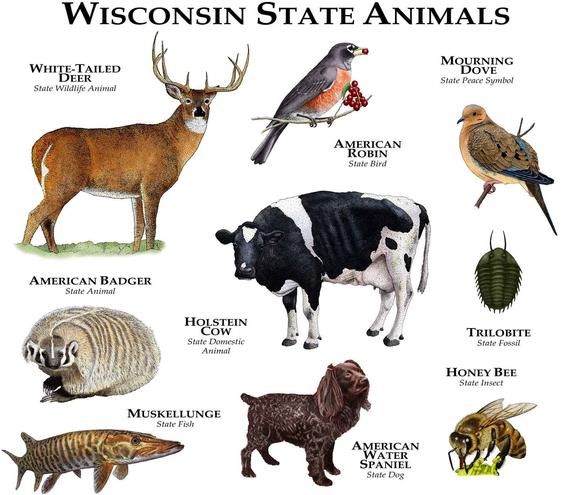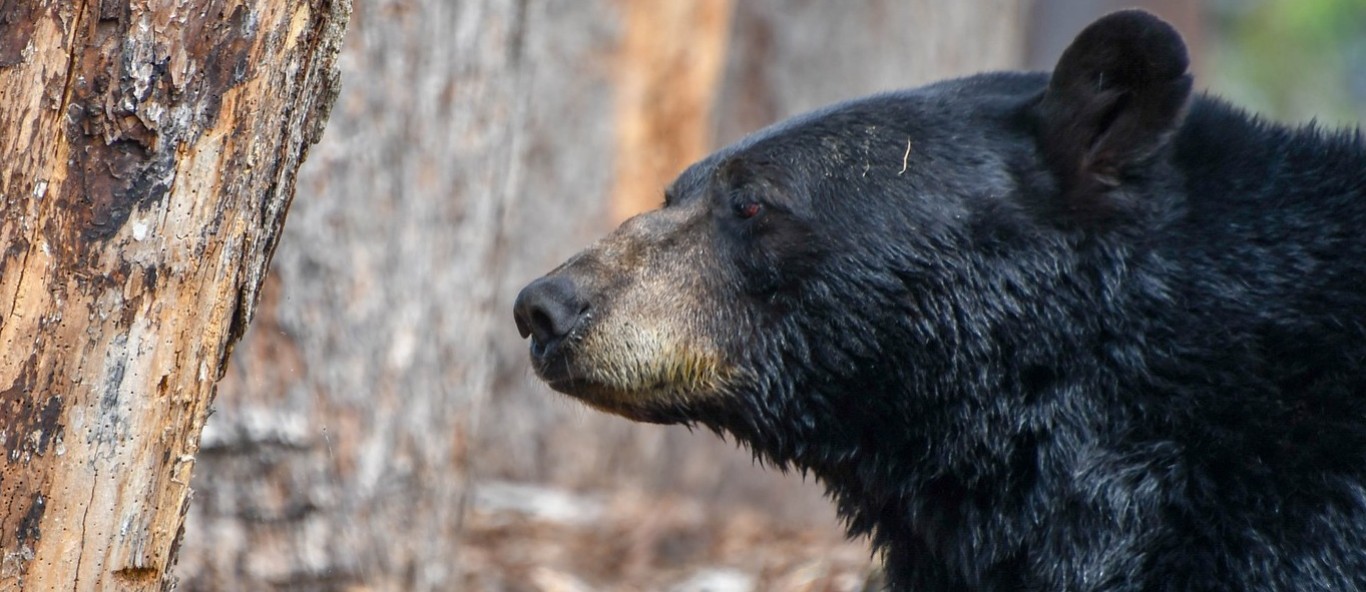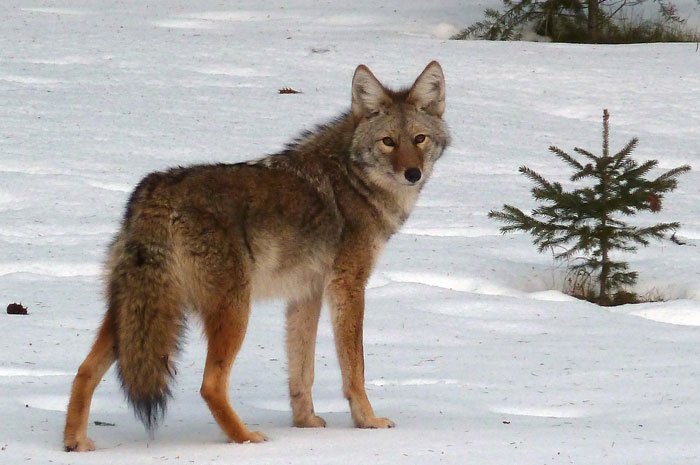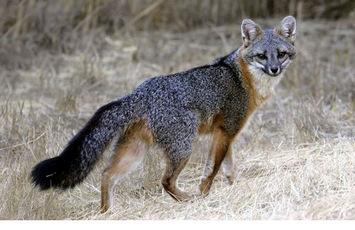Established in 2020, the Nature Studies Center houses a taxidermy collection that includes native Wisconsin animals and animals found throughout other regions of the United States. In line with the Christopher Farm and Garden’s dedication to education, the Nature Studies Center offers a wonderful opportunity for children of all ages to learn and get an up-close view into the lives of Wisconsin wildlife. On the left, you will find information for several animals found within our collection that will include the their respective population statistics, habits, diet, and a few fun facts.
Animals Found in the Nature Studies Center:
Fish: Arctic Grayling, Black Crappie, Bluegill, Brook Trout, Brown Trout, Catfish, Chinook Salmon, Coho Salmon, Lake Sturgeon, lake Trout, Largemouth Bass, Musky, Northern Pike, Pumpkin Seed, Rainbow Trout, Rock Bass, Smallmouth Bass, Walleye, and Yellow Perch
Mammals: Badger, Beaver, Black Bear, Blonde Bear, Bobcat, Caribou, Chipmunk, Cottontail Rabbit, Coyote, Cross Fox, Fisher, Fox, Horned Goat, Horned Sheep, Javelina, Mink, Muskrat, Otter, Painted Bat, Porcupine, Red Squirrel, Skunk, Squirrel, Weasel, White Weasel, White-tailed Deer, Wolf, and Woodchuck
Birds: Canadian Goose, Drake Mallard, Pheasant, Pintail Duck and Teal Duck
Insects: Giant Silk Moth, Cicada, Common Green Darner Dragonfly, Giant Centipede, Paper Wasp nests, Scorpion, Jewel Beetle, Golden Leg Beetle, Ocytes Rhino Beetle, Green Sagra Beetle, Dalman Stag Beetle, Canal Stag Beetle, Longhorn Beetle, Praying Mantis
Butterflies: Leopard Lacewing, Lemon Emigrant, Common Jay, Lime Butterfly, Common Bluebottle, Tawny Rajah, Striped Blue Crow, Common Archduke




